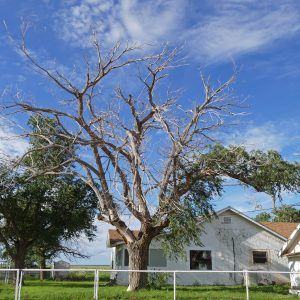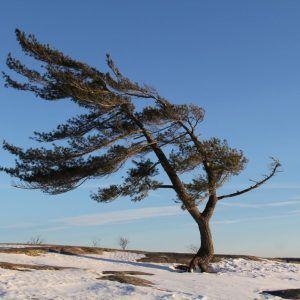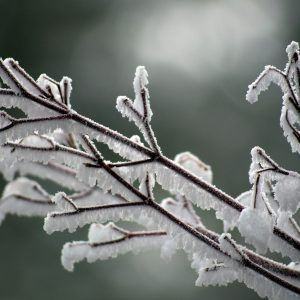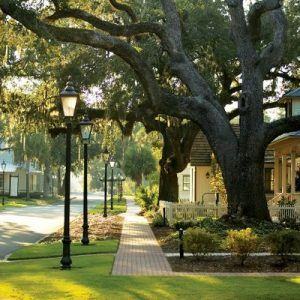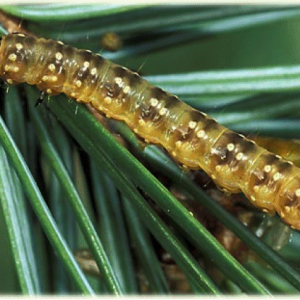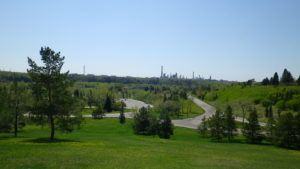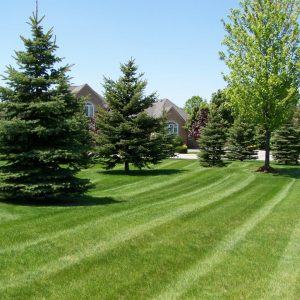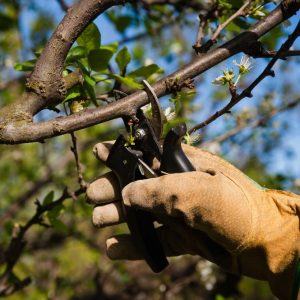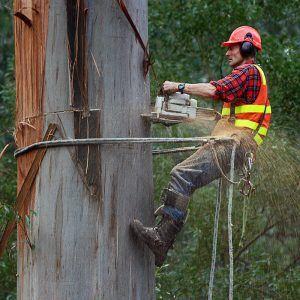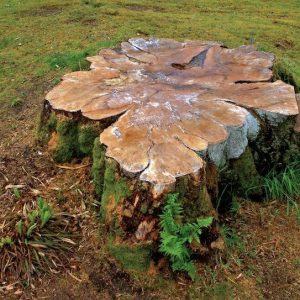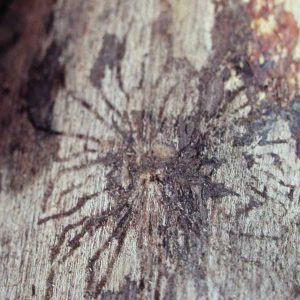Hailing from Europe (hence the name, ‘Scots,’ as in Scotland!) and Asia, the Scots (or ‘Scotch’) pine is a frequent sight along our leafy boulevards and parks. In fact, it’s found in almost every part of Canada, save for the northern territories and Saskatchewan. This was one of the first major transplants from Europe to North America — early specimens were brought over in the 1600s. When you see a tended, sculpted example, you’ll see why it’s great for Christmas season, if a little bit harder to handle than the Douglas or Fraser firs or the Colorado spruce. In fact, this recent Alberta newcomer (if you count 400 years as ‘recent’…) occasionally has a hard time growing in North America, becoming bent and twisted in inappropriate soil, moisture, or temperature conditions. You might say that some Scots have always pined for home … but then again, some fit right in!

While this sizable conifer reaches average urban heights of 15 metres (or 50 feet), it can grow up to 150 feet in some ancient wild groves. If taken care of, it can be a hardy, durable tree, typically living between 150 and 300 years, though there are instances of Scots pines in Europe living past their 700th birthday. They grow two-needle evergreen bundles — stiff, sharp-ended spines that often twist up and reach lengths of 8 centimetres. As mentioned, unless you’re cultivating them for Christmas trees, they often become crooked and grow irregularly shaped or balanced crowns. They produce cones that face back along the branch, and their seeds (or nuts) are definitely edible. Their bark is often quite flaky, papery, mixing a youthful orange-red with an elderly grey scale. Urban pollution won’t bother it.
This is definitely a tree for which our professional pruning service is highly recommended, but won’t require frequent visits to the barber (so to speak!). For more information on how we can help you care for your new friend, check out the many glowing testimonials we’ve received from previous satisfied clients — this should help you choose our experienced team as your new go-to arborists. If you’re thinking of planting a Scots pine, it enjoys average moisture levels but the soil should be drained properly — any serious flooding and you can kill the tree — and it can live through long periods of drought without too much complaint. Again, we can help you find the perfect spot for a seedling. Use it for a nice bit of shade in your backyard, or plant it in your acreage as a shelterbelt. Depending on how you compliment the tree, it can be a nice addition as an accent feature on your property.
As with all trees, some pests and diseases may require some expert opinions and care. The Scots pine is susceptible to wilt disease, for example, which is fairly destructive. But much of keeping your tree free of pests and ailments depends on how you care for it while it’s healthy and growing. For more advice on care and treatments for the Scots pine, call us up and we can be of immediate and lasting service. After all, it’s our passion and our job!



